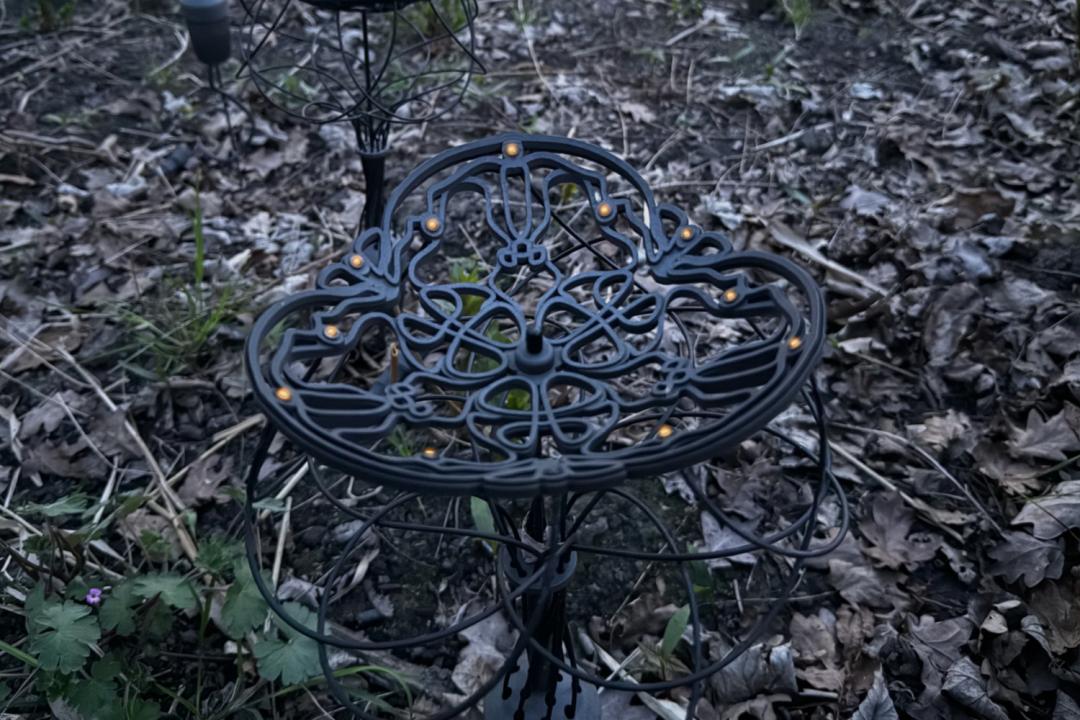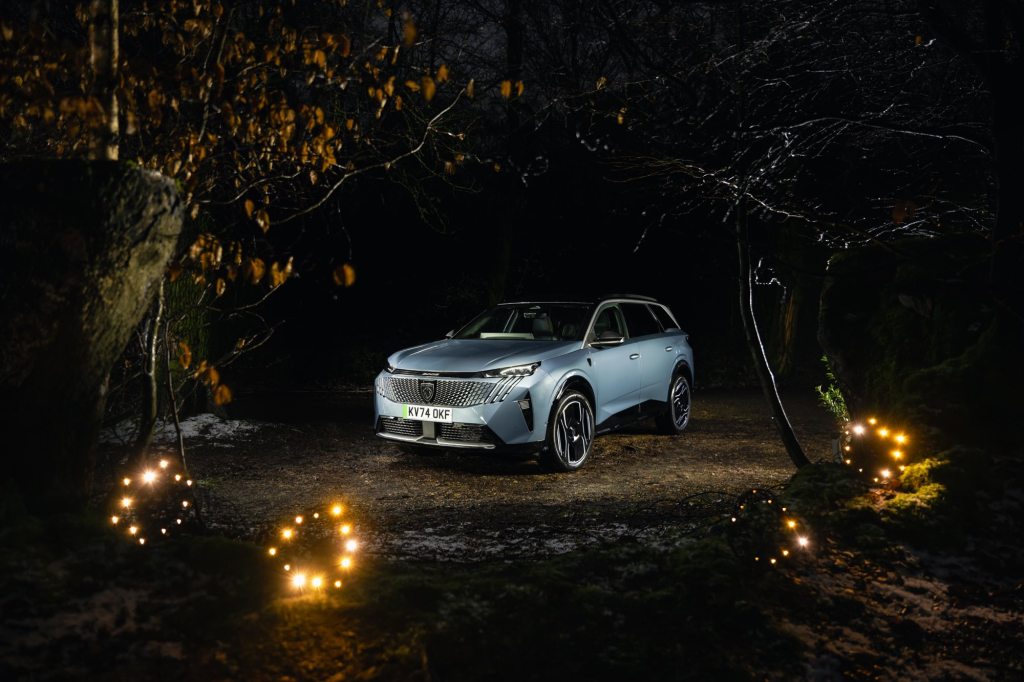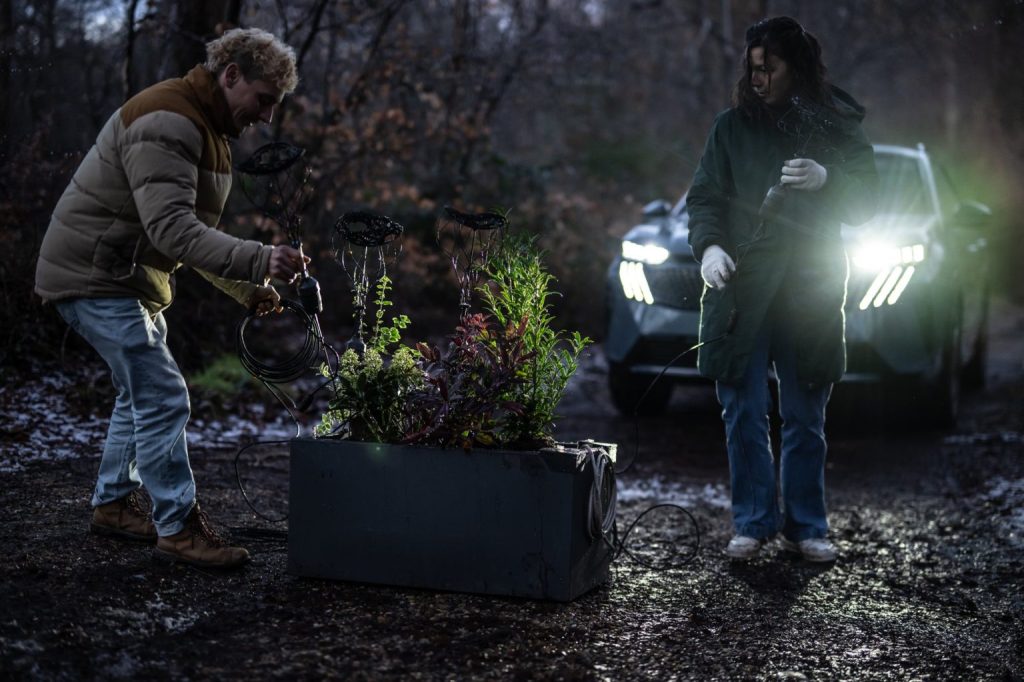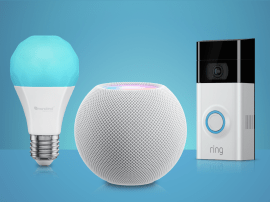This whacky battery tech could be used in your future smart home gadgets
Nova Innova can generate power from microbes in the ground or water – and it could be used to power future smart home devices

Despite people harping on about it (which does get rather annoying), we do need to find more sustainable energy sources. Solar, nuclear, wind, and the rest are great – all with their own benefits, uses, and disadvantages. But what about for smaller devices that don’t need so much power – like your outdoor smart home lights?
That’s what Nova Innova is working on with its microbe-powered energy sources. The tech is still very much in its early days, but gives us a glimpse at what future smart home gadgets could look like. And there’s potential for the tech to go much further. In fact, it’s recently been used to light an entire Peugeot photo shoot.
But how exactly does it all work? And where might you start to see it crop up in your life? Here’s everything you need to know about this whacky battery tech.
- Read more: Why it matters that this battery tech makes the world’s fastest electric car more efficient
How does it work?
The science behind this next-gen energy tech is something called a Plant Microbial Fuel Cell, or P-MFC, developed in collaboration between Nova Innova and Plant-e. Essentially, it turns the soil into a miniature all-natural power station.
During photosynthesis, plants produce organic compounds. Some of these trickle out through the roots and into the soil, where hungry bacteria get to work. These microbes digest the compounds and, in the process, release electrons. Cleverly placed electrodes collect these electrons and, you’ve got a small but steady electric current.
It doesn’t harm the plants – they keep photosynthesising, blissfully unaware they’ve been conscripted into the power grid. In fact, the whole system is CO₂-negative because it locks in more carbon than it emits. There are even some tests to treat the soil to try and increase the number of microbes and therefore power. But it’s still in its early days.
Where might this tech be used?



The Living Light Park shows this off in the most charmingly Dutch way possible. I recently went for a wander through the park in Rotterdam. It’s a 35-metre boardwalk with embedded lights and sensors. As you stroll along, the sensors detect your movement, and the lights glow in response, all thanks to energy pulled from the plants beneath your feet. Local residents chose the plants, gave feedback on the lighting design, and helped shape a park that shows off the next-gen energy infrastructure.
Nova Innova’s vision stretches far beyond Rotterdam. This tech has powered everything from home decor – like the Living Light Lamp – to large-scale commercial events. For the launch of Peugeot’s all-electric E-5008 SUV, the brand lit a photoshoot using 30 microbial fuel cells powered by a cocktail of plants, mud, water, and spent coffee grounds.
And this is where the smart home angle starts to make sense. Imagine bedside lamps, wall sconces, or even motion-sensitive garden lights that don’t sip electricity from the grid but pull it straight from your potted fern. It’s not just a nod to the sustainable – it’s a way of integrating sustainability into the fabric of your daily routine, without sacrificing function or style. Plus, since these devices would generate their own power, it lessens the strain on drawing from other sustainable energy sources.
Beyond homes, there’s talk of environmental sensors powered by marshlands, or emergency lighting in remote areas where running a power line would cost a fortune and then some. The tech is scalable, modular, and weirdly elegant. So yes, it may sound whacky. It kind of is. But it’s also clever, green, and extremely fun.


